Maintenance of reef tanks is a more challenging task than maintenance of other tanks. It’s because of the amount of equipment used and many other factors. You can tackle this challenge by making a proper reef tank maintenance schedule.
Content Table
In the following, you’ll learn how important and challenging it is to keep a reef tank and the nano tank maintenance tips. Moreover, the sand cleaning techniques and maintenance schedule are also a part of the tank.
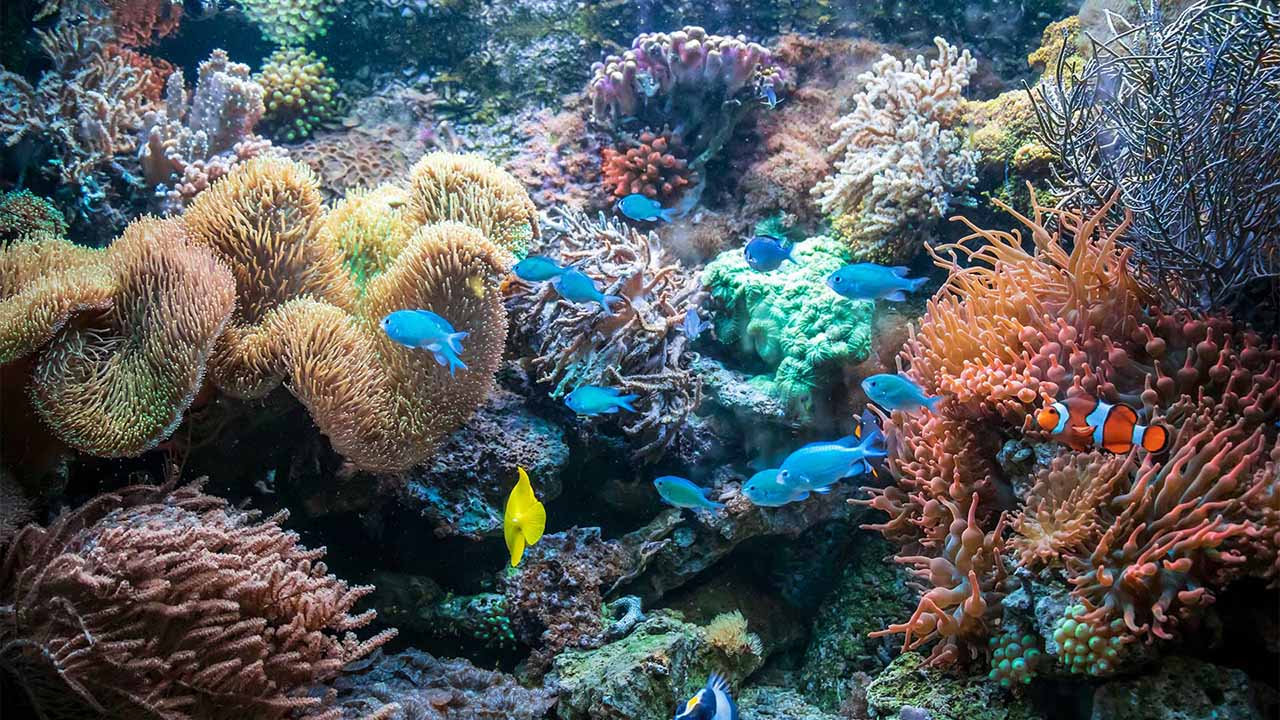
How Hard Is It to Maintain a Reef Tank
Maintenance of a reef tank is challenging but important due to many reasons. Here are some reasons why to maintain a reef tank and why challenging to maintain a reef tank.
Importance of Maintaining a Reef Tank
Here are a few points about why to maintain a reef tank properly.
Research and Education
Reef environments are vulnerable due to water pollution, climate change, etc. Moreover, they are also sensitive to small changes in a controlled environment. Therefore, keeping them well-maintained for education and research is necessary.
Biodiversity Preservation
Coral reefs are one of the most bio-diverse marine ecosystems. They serve about 25% of all marine life and cover about 0.2% of the ocean floor. Reef tanks help to preserve the biodiverse population in reef tanks. This diversity also enhances the aesthetics of any tank.
Therapeutic Affect
Coral reefs host diverse fish and marine life. The amalgam of this diversity with a calming background of reefs creates a therapeutic effect for many. It’ll help you to relieve your stress.
Is Maintaining a Reef Tank Challenging?
Yes, it is challenging to keep a reef tank in proper shape. There are many reasons behind this.
Dense Water
Reef tank’s water is denser than freshwater as they have many minerals. Timely water change is necessary. Otherwise, they will pile up on the fish and other habitats and prove problematic.
More Equipment
Reef tanks have more equipment, i.e., a salt mixer, live rocks, internal protein skimmer, etc., than the other aquariums. The more the number of equipment, the larger the maintenance is required.
Water Parameters
They are sensitive in the case of water parameters. Therefore, it needs to maintain the water parameters always in the optimal condition. Monitor pH, ammonia, nitrate, nitrite, and phosphate levels.
Lighting
Lighting is pivotal in any reef tank, as numerous species need light for photosynthesis. Therefore, you should provide special marine light with proper lighting hours and correct light intensity.
Expensive
The other reason for this being a challenge is the high expenses. It requires big bucks to maintain all the equipment in proper shape, besides maintaining the other parameters in optimal condition.
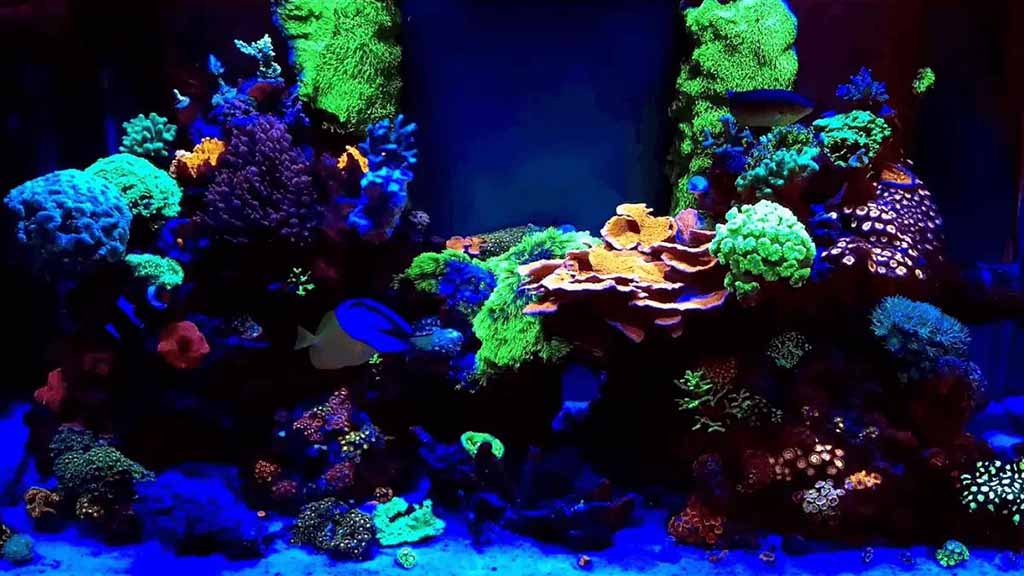
Nano Reef Tank Maintenance
Maintenance of a nano reef tank is easy as well as challenging. However, the whole procedure becomes fun when you follow the proper steps. Here are some tips for maintaining a nano reef tank.
- Set a Schedule
After setting up a nano reef tank, make a maintenance schedule for it. It’ll help you be on time, have fun, and help to avoid any catastrophe. At the end of this article, you can find this schedule.
- Water Changing Frequency
Keep an eye on water parameters. They will teach you when you need to change the water in your tank. Frequent water change helps to provide better scenery for your nano reef tank.
- Test Kit and Maintenance Tool
You need to keep all the necessary maintenance tool kits and water parameters test kits. It’ll help you to keep your tank in optimal condition.
- Water Parameter
In maintenance, you will learn about water parameters testing. In water parameter testing, you will know about the exact condition of your tank, and help you to take proper measures.
- Filter Media Change
Change the chemical filter media every month. It’ll help you make your tank chemical-free.
- Sand Maintenance
Red slime algae growth is among the challenges of keeping reef tanks. Clean your nano reef tank’s sand. In the following, you’ll also find some ways to do so.
- Trace Element and Beneficial Bacteria
After every major water change, usually weekly or bi-monthly, add a fair amount of trace elements and beneficial bacteria to your nano reef tank. It will maintain the balance of your tank.
- Reef Cleaner
You need to introduce such species that clean your reefs. You can also adopt some other methods to keep them clean.
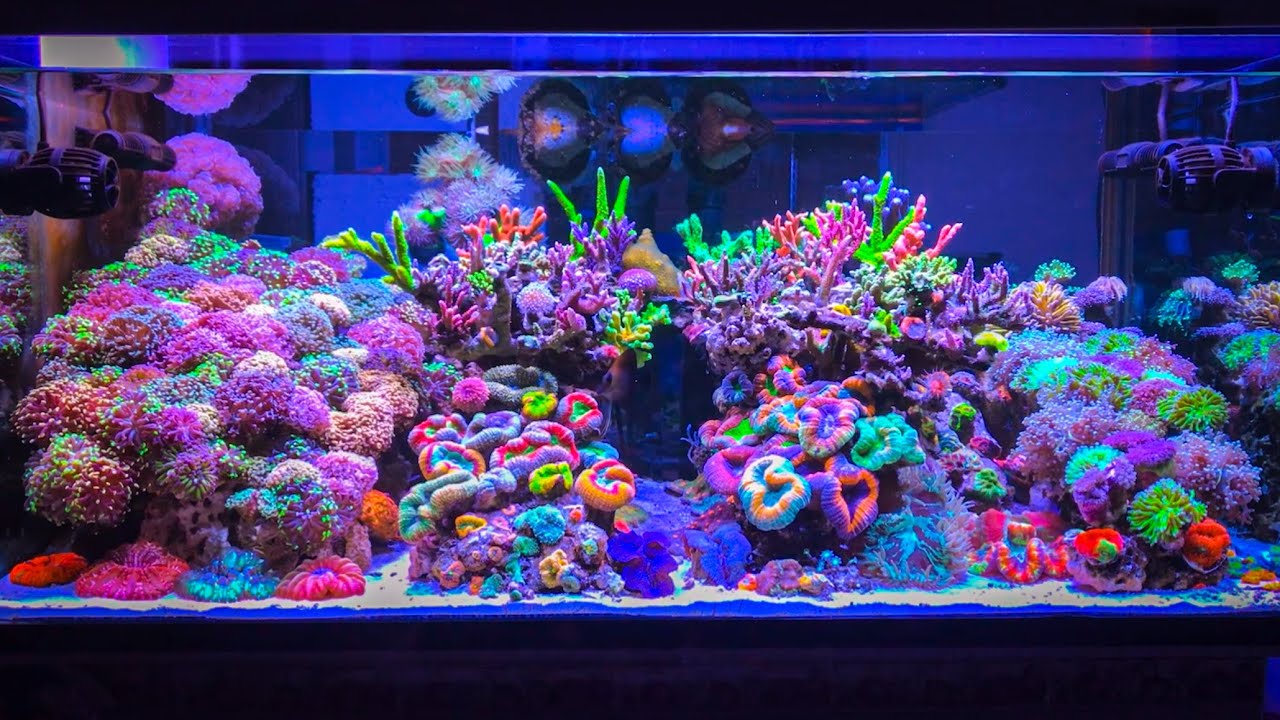
Points to Keep the Sand Bed in a Reef Tank
One of the worst things that can happen in a reef tank is the red slime algae on the sand. It deteriorates the entire face of the reef tank. There are many methods to prevent this and many other problems in your reef tank. Some of them are here in the following.
Main a Proper Flow Rate
Dead spots or inadequate flow at specific parts can cause piling up algae on that corner of the tank. Therefore, it’s necessary to maintain a proper water flow in every part of the tank. For this, you can use a wave maker or anything that can cause turbulence in water.
Gravel Siphon
Use a gravel siphon to clean the sand. It creates a vacuum that helps to remove buried algae and other photosynthetic organisms, detritus, and leftover food. It also gives a moment to the sand.
Optimum Water Parameters
Keep an eye on and regularly maintain the water parameters. It’ll help you avoid the algae growth and other pollution piling up on the sand.
Stir Up the Sand
Stir up the sand with your hands or with some equipment. It’ll improve the oxygenation in the sand. But don’t do it at once in the entire tank. It can cause abrupt changes in your tank’s parameters. For this, you can divide your tank into three portions. Do each portion in one week.
Sand Shifting Creatures
Sand-shifting creatures can also help in keeping the sand clean and clear. They continually stir up the sand without harming the reef tank’s ecosystem. Some fish intake sand, filter it, and remove it through the mouth or gills. Sand-shifting creatures include the following.
| Sand sifting gobies | Tiger sand conchs | Sand-sifting sea cucumbers |
| Sand-sifting sea stars | Sleeper banded gobies |
Optimum Sand Thickness
Install a proper thickness of sand at the bottom. The thicker the layer, the harder it is to clean. A 5 to 8-cm thick layer is enough.
Avoid Overfeeding
Overfeeding causes food left over on the sand. It ultimately urges the algae growth. So, only feed according to the required quantity.
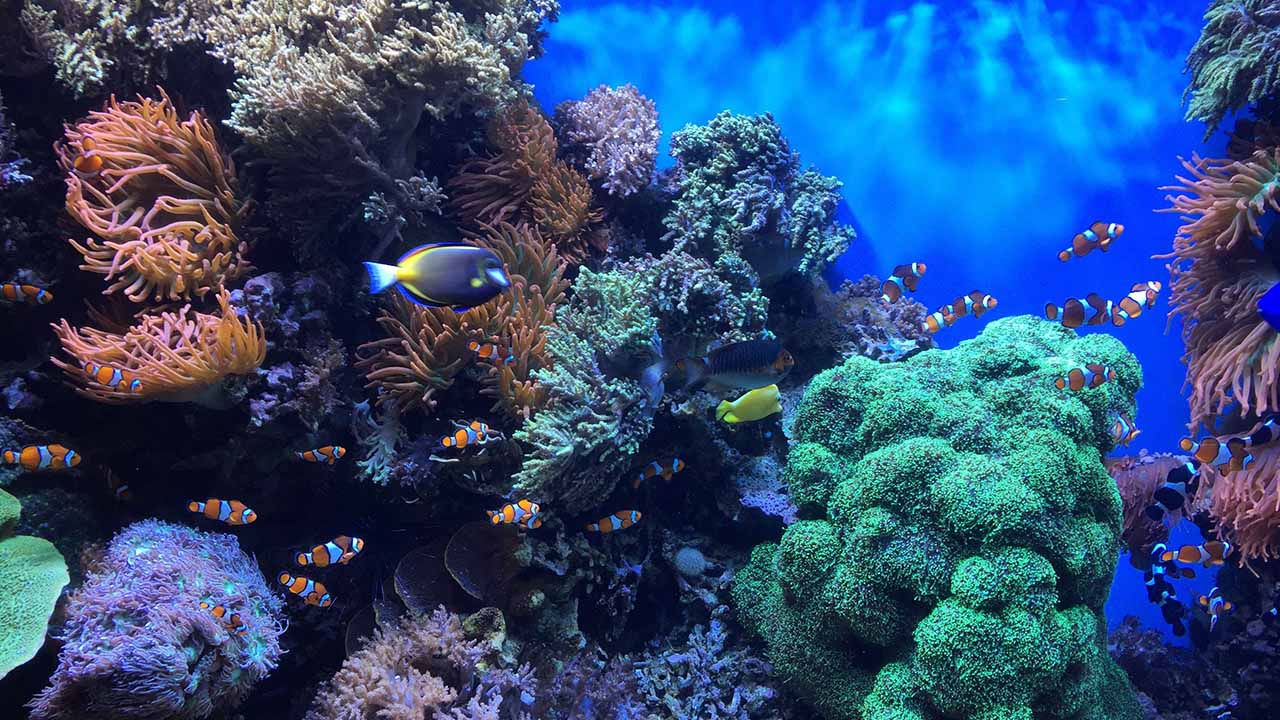
Making a Reef Tank Maintenance Schedule
A maintenance schedule will make your journey of keeping a reef tank easy. It carries numerous benefits, including time management, fun, saving big bucks, and many more. Here is a daily, weekly, bi-monthly, quarterly, and yearly reef tank maintenance schedule. It will help you in your reef tank-keeping journey.
| Daily |
|
| Weekly |
|
| Bi-monthly |
|
| Monthly |
|
| Quarterly |
|
| Yearly or Bi-yearly |
|
Conclusion
Reef tanks are beautiful and help in learning about marine life. However, reef tank maintenance is a challenging task. To tackle this challenge, you need to schedule your nano, a large or medium tank. The reef tank maintenance schedule contains daily, weekly, bi-monthly, monthly, quarterly, and yearly tasks. Choose the right schedule according to your needs.
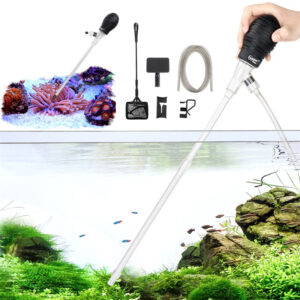
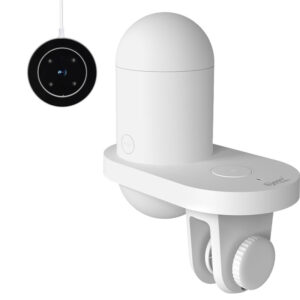
Leave a comment